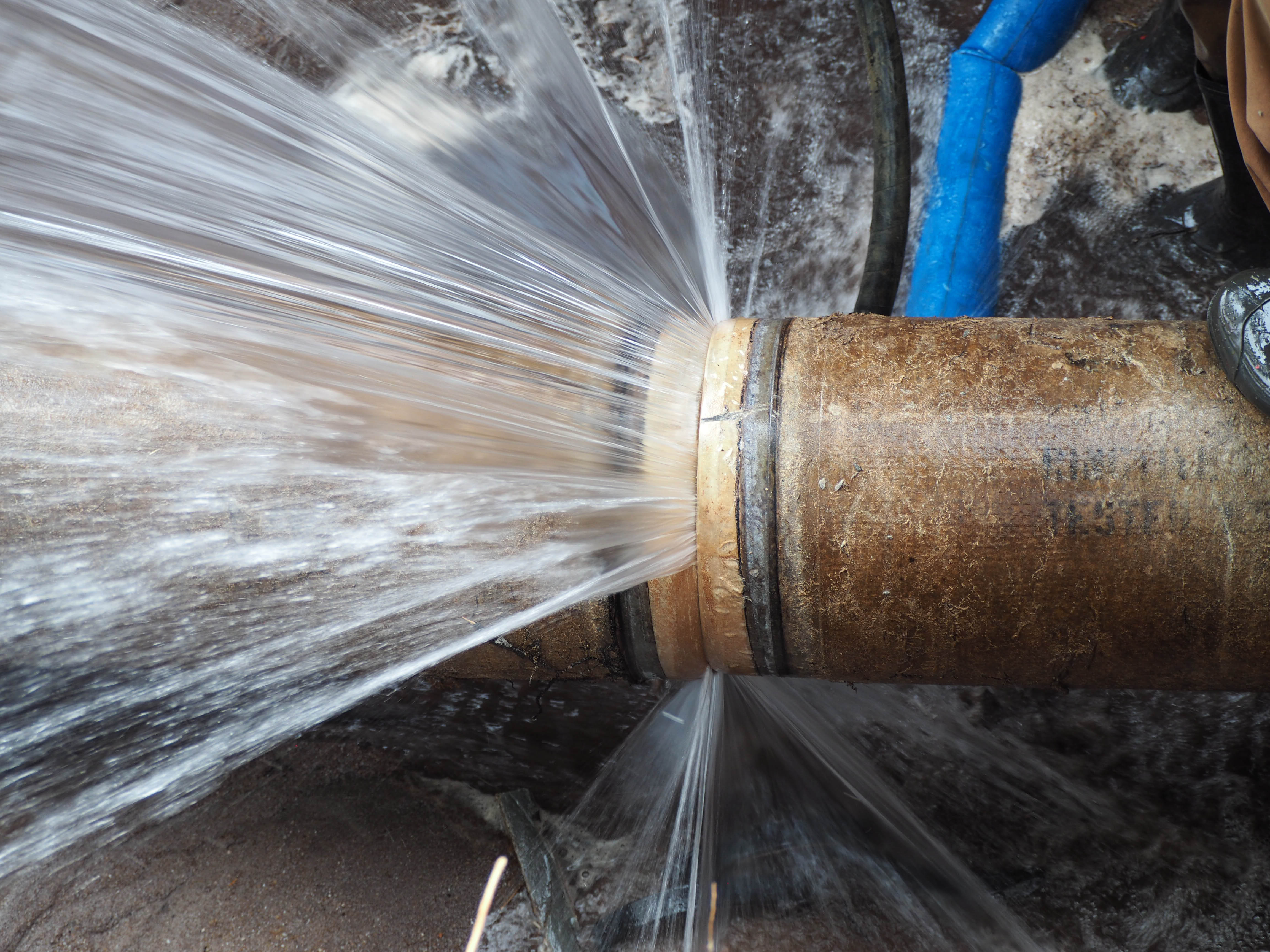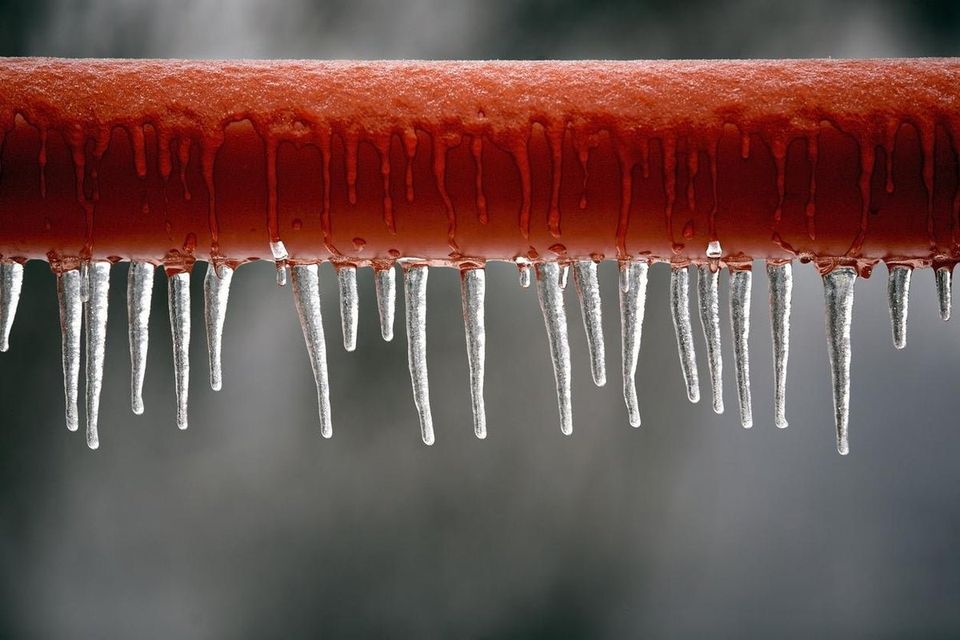Safeguarding Pipes from Cold Weather Damage: Critical Tips
Safeguarding Pipes from Cold Weather Damage: Critical Tips
Blog Article
Presented here below you will discover more awesome material regarding Winter Plumbing Precautions: Preventing Frozen Pipes.

Cold weather can ruin your pipes, particularly by freezing pipelines. Right here's how to stop it from occurring and what to do if it does.
Introduction
As temperature levels drop, the danger of frozen pipelines rises, possibly causing pricey repairs and water damage. Comprehending exactly how to stop frozen pipes is essential for house owners in chilly climates.
Understanding Icy Pipes
What triggers pipes to freeze?
Pipes ice up when subjected to temperatures below 32 ° F (0 ° C) for extended durations. As water inside the pipelines ices up, it expands, taxing the pipe wall surfaces and possibly triggering them to rupture.
Risks and damages
Icy pipes can cause water disturbances, residential or commercial property damages, and pricey repair services. Burst pipes can flooding homes and cause substantial structural damage.
Indications of Frozen Pipes
Recognizing icy pipelines early can prevent them from bursting.
How to determine icy pipes
Seek lowered water flow from faucets, uncommon smells or sounds from pipelines, and visible frost on revealed pipes.
Prevention Tips
Shielding prone pipelines
Cover pipelines in insulation sleeves or use warm tape to protect them from freezing temperature levels. Focus on pipelines in unheated or outside areas of the home.
Home heating techniques
Maintain interior spaces properly heated, particularly locations with pipes. Open closet doors to enable cozy air to flow around pipes under sinks.
Safeguarding Outside Plumbing
Garden pipes and exterior faucets
Separate and drain pipes yard pipes prior to wintertime. Mount frost-proof spigots or cover exterior faucets with insulated caps.
What to Do If Your Pipelines Freeze
Immediate activities to take
If you think icy pipelines, maintain taps open up to relieve pressure as the ice thaws. Use a hairdryer or towels soaked in warm water to thaw pipes slowly.
Long-Term Solutions
Architectural modifications
Think about rerouting pipelines away from outside walls or unheated areas. Add extra insulation to attics, basements, and crawl spaces.
Upgrading insulation
Invest in top quality insulation for pipes, attic rooms, and walls. Proper insulation aids maintain regular temperatures and minimizes the threat of icy pipes.
Final thought
Avoiding frozen pipelines calls for positive steps and quick actions. By comprehending the reasons, indications, and preventive measures, homeowners can safeguard their plumbing during cold weather.
5 Ways to Prevent Frozen Pipes
Drain Outdoor Faucets and Disconnect Hoses
First, close the shut-off valve that controls the flow of water in the pipe to your outdoor faucet. Then, head outside to disconnect and drain your hose and open the outdoor faucet to allow the water to completely drain out of the line. Turn off the faucet when done. Finally, head back to the shut-off valve and drain the remaining water inside the pipe into a bucket or container. Additionally, if you have a home irrigation system, you should consider hiring an expert to clear the system of water each year.
Insulate Pipes
One of the best and most cost-effective methods for preventing frozen water pipes is to wrap your pipes with insulation. This is especially important for areas in your home that aren’t exposed to heat, such as an attic. We suggest using foam sleeves, which can typically be found at your local hardware store.
Keep Heat Running at 65
Your pipes are located inside your walls, and the temperature there is much colder than the rest of the house. To prevent your pipes from freezing, The Insurance Information Institute suggests that you keep your home heated to at least 65 degrees, even when traveling. You may want to invest in smart devices that can keep an eye on the temperature in your home while you’re away.
Leave Water Dripping
Moving water — even a small trickle — can prevent ice from forming inside your pipes. When freezing temps are imminent, start a drip of water from all faucets that serve exposed pipes. Leaving a few faucets running will also help relieve pressure inside the pipes and help prevent a rupture if the water inside freezes.
Open Cupboard Doors
Warm your kitchen and bathroom pipes by opening cupboards and vanities. You should also leave your interior doors ajar to help warm air circulate evenly throughout your home.

Do you really like more info about 6 Ways to Prevent Frozen Pipes? Try leaving feedback down the page. We would be delighted to find out your insights about this piece. In hopes that you visit us again in the near future. Sharing is caring. You never know, you might be doing someone a favor. I enjoy your readership.
See Availability Report this page